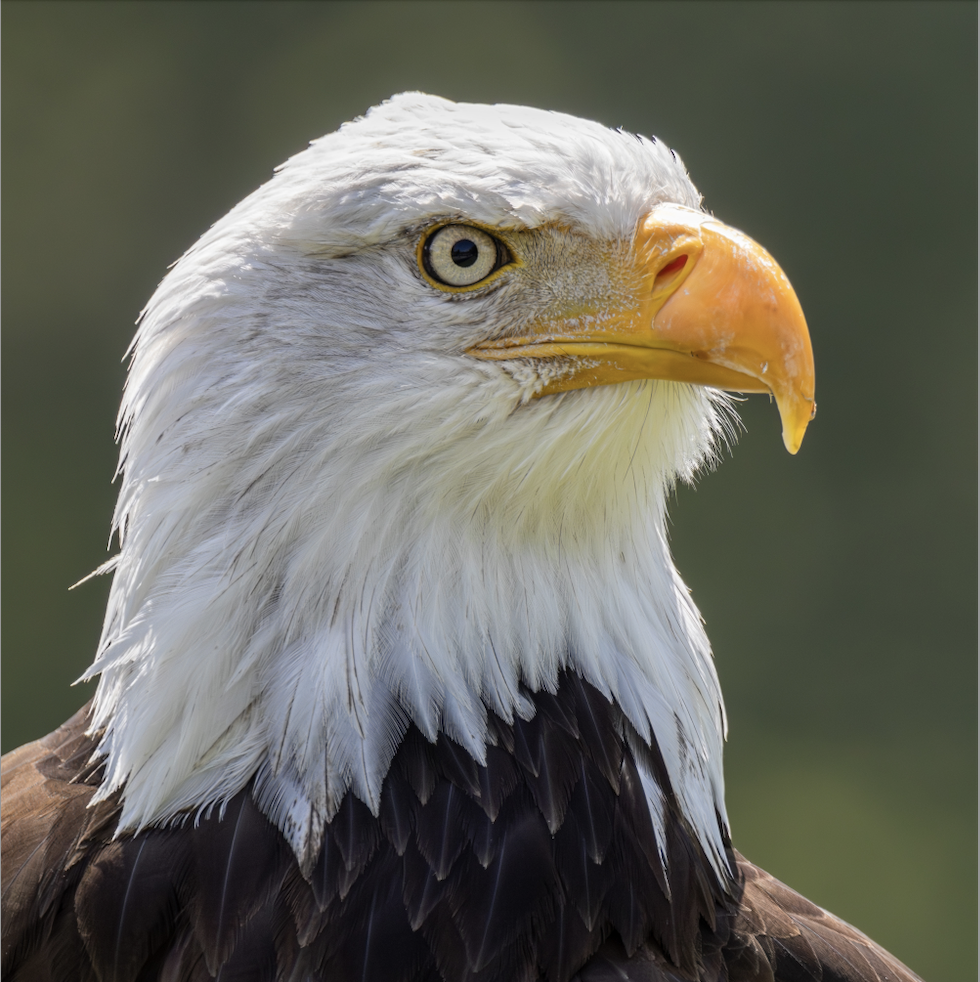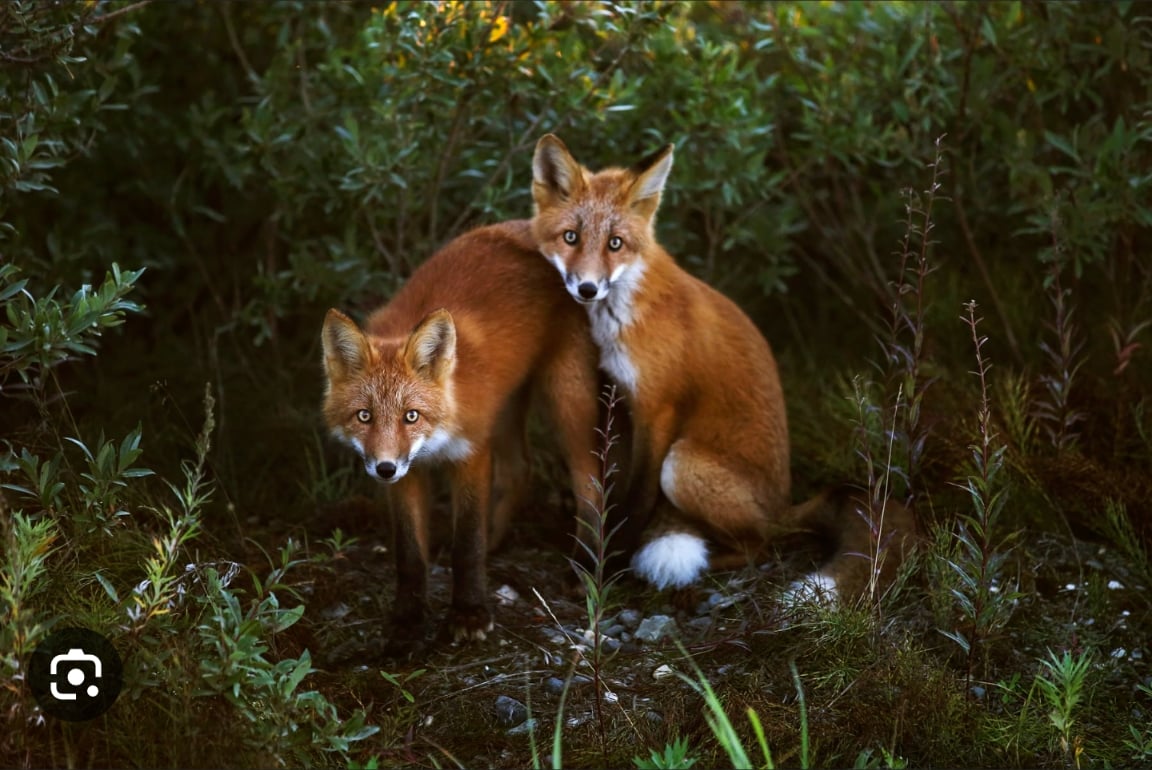KevinFRK
Refugee from Reddit
- 161 Posts
- 370 Comments
It has the air of Rosebay Willow Herb in the UK after the seeds are gone, e.g.
https://www.shutterstock.com/image-photo/late-summer-stands-rosebay-willowherb-start-2684810343
But that’s a wild guess, especially since I don’t know where the photo was taken!
And yes, a curiously satisfying shot.
I was messing with the luminance curve and (quite intentionally) threw away a lot of sky detail doing so as the brightness of the sky is brighter than any part of the bird. That way, I get more tonal variation in the bird, but it does rather isolate the bird.
Well I enjoy the feeling of sharing, so we all win, thank you!
I’m jealous you got a picture of a fox at all, never mind a clear one: I’m sure they are around here (I hear them in the summer “barking”) but I’ve no photos and not seen all year.
However, you might want to try a little post-processing in whatever software you’ve got - it might be called a luminance histogram, tone curve or something like that, but it should address the rather washed out appearance without just darkening the entire shot. If you’ve a RAW format of the photo, work on that, but even a JPG might be improved.
If you create good art, you’ve got to celebrate it!
 2·14 days ago
2·14 days agoThey really do not look real, do they?
Though it comes across as a sales pitch for the gear, there’s a bit about what was used by Rumpf in:
“with a workflow built around Lightroom for most of his processing, Photoshop “for major spot removal and refined masks,” and Topaz Lab for sharpening and noise reduction” - I’d note that the Topaz product was probably “Photo AI” or one of that family of products all with AI in the name.

 2·14 days ago
2·14 days agoWell done - Starlings with the sun shining on them are something else, aren’t they!
There are reasons the British are notorious for always talking about the weather … we get so much of it.
That that must have been a joy to see it worked so well straight out of the camera!
Bear in mind, birds can strip trees remarkably fast when they decide the berries are ripe - so don’t wait too long!
I was thinking post-processing work, but anyway you’ve answered an unasked question of mine, which was whether it was the moon behind the crossed wires - and, incidentally, nice touch with that!
Thank you, and yes, I was also really pleased with how that turned out with the layering.
Thank you - even if it was more luck that my brain was the right mood to spot the opportunities than preparation.
That’s really satisfying.
Out of interest, did you have to work at making the lit-up light shade at all presentable? I’m guessing it was blown out as much brighter than the background sky, and ended up looking inserted because it’s a flat colour rather than with a gradient of brightness.
Gahh … you were about to get an essay posted, but Lemmy decided to throw it way when I full-screened the browser sigh. Condensed form.
First, thank you.
Sharpness, in bird photos, makes me feel closer, and I like that (and it’s why I bought a ridiculous lens). Elsewhere, perhaps less so.
Composition - birds don’t sit around waiting for you to find the best angle, but there’s waiting for the shot from where you are, cropping well to provide context, and picking the best shot, which sort of mimic composition.
Colour - mostly “luck” and choosing the best shot - sometimes I play with the luminance histogram, but that’s all.
I was probably only 20m away, which is why I was rather disappointed in the light available - both were ISO12800
The Red Kite in a separate post today was three or four times that distance. However, as it was in direct sunlight from the right side, it was only ISO500, and the difference in sharpness really shows it’s the light, not the distance.
 2·20 days ago
2·20 days agoIndeed, an important question, and also, how consistent in sizes, and for that matter, how good a reproduction is wanted.
Things like the Epson FF-680W exist for this sort of task - not terribly fast (and there are believable tales of streaking), but still a whole lot faster than manual scanning, and becomes cheaper than professional services at useful numbers of photos.
 3·21 days ago
3·21 days agoThe Bandlands, where Heavy Rock bands roam free, and perform to sheep while wasted.
…
Sorry.
Nice photo regardless, but it is a little hard to spot the squalls due to the lack of contrast between failing rain and sky.

Given these are close relatives of European Firecrests and Goldcrests, and the challenges I have photoing them, I’m impressed with these photos!